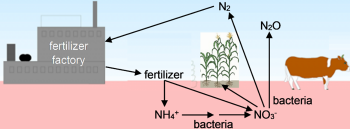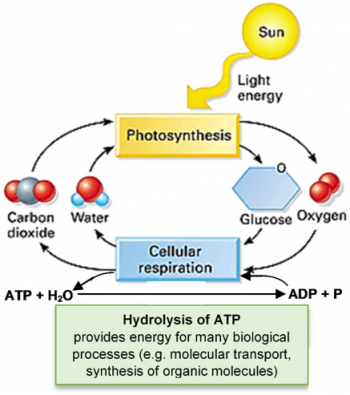Serendip is an independent site partnering with faculty at multiple colleges and universities around the world. Happy exploring!

- home
- education
- science
- Minds-on Activities for Teaching Biology
- Next Generation Science Standards
- Remote Ready Biology Activities
- NGSS Biology Activities
- Hands-On Activities for Teaching Biology
- Teaching Climate Change
- Science Education
- Summer Institutes for K-12 Teachers 1995-2010
- Brain & Behavior
- Biology
- Science & Culture
- Complex Systems
- digital humanities
- play
- one world
 © Serendip® 1994 - All rights reserved. Privacy Policy
© Serendip® 1994 - All rights reserved. Privacy Policy




 In this analysis and discussion activity, students develop their understanding of photosynthesis by answering questions about three different models of photosynthesis.
In this analysis and discussion activity, students develop their understanding of photosynthesis by answering questions about three different models of photosynthesis.




